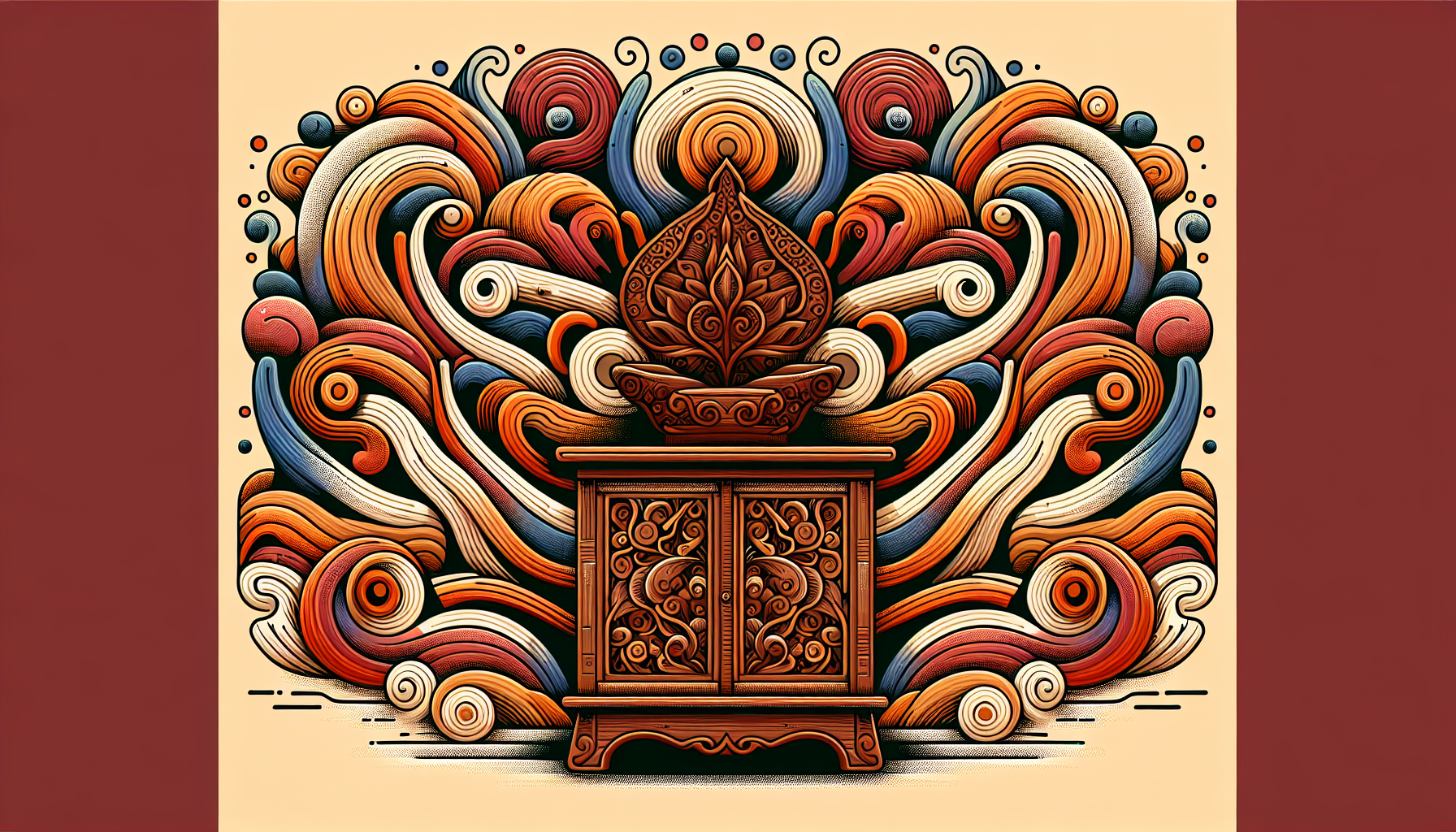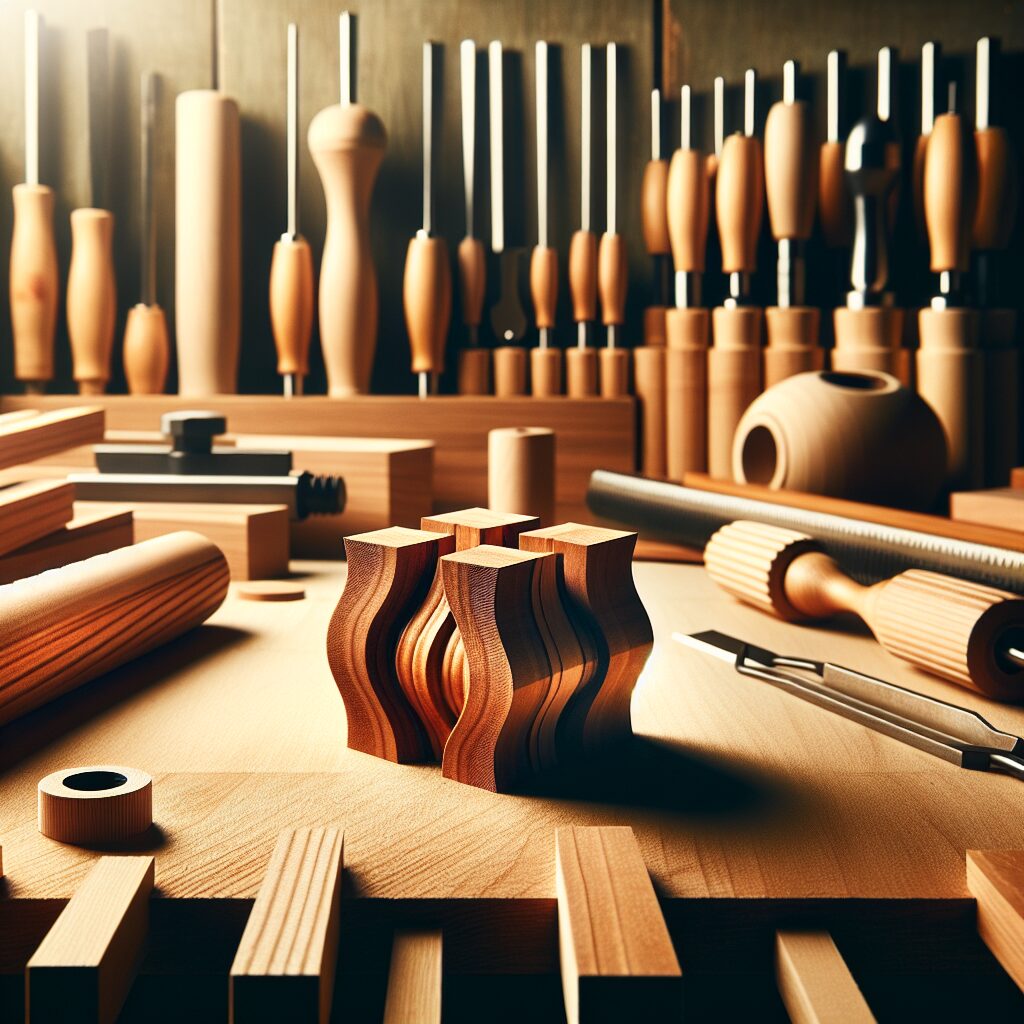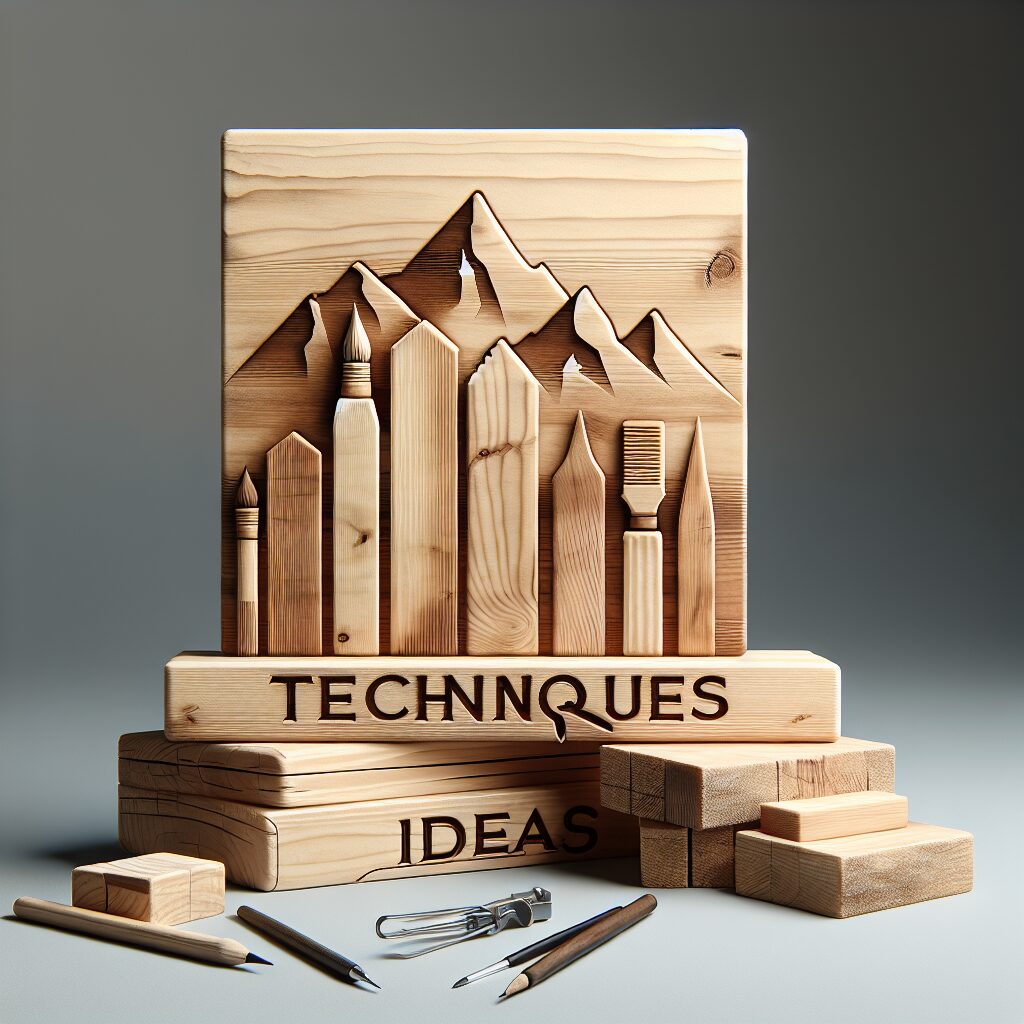At first glance, the physical nature of woodworking seems to contrast starkly against the placidity and contemplative practice of mindfulness. Dig a little deeper, and you’ll quickly discover a fascinating intersection where craftsmanship and tranquility meet. Functioning as more than a simple pastime, woodworking has evolved into a form of therapy, fostering mental well-being and mindfulness in a deeply engaging way.
Earning Every Slice: The Therapeutic Charm of Woodworking
The soothing hum of power tools, the aromatic whiff of timber, the rough texture of grain under your fingertips — these sensory experiences in woodworking provide a form of visualization and tactile stimulation often used in mindfulness practices. Far from the chaos of modern-day life, woodworking creates a sanctum of tranquility for craftsmen, establishing an intimate connection between the maker and the material.
The mindfulness inherent in woodworking is not an accidental byproduct but is bred from necessity. Crafting with wood demands patience and precision – skills that feed directly into the practice of mindfulness. Slip-ups can result in costly material wastage or compromise safety, hence devoting careful attention to every chip and cut made. By fostering full absorption in the task at hand, woodworking exhibits therapeutic attributes, teaching critical life skills such as problem-solving, focus, and resilience.
Woodworking also cultivates a sense of accomplishment and boosts self-esteem. A piece you crafted – whether it’s a sculpture, a piece of furniture, or a wooden toy – acts as a tangible result of your effort, persistence, and creativity. This sense of personal fulfillment is crucial in maintaining mental wellbeing, combating feelings of worthlessness, and enhancing self-confidence.
Engaging in woodworking also promotes a sense of stewardship for the environment as keen artisans are more likely to source reclaimed or responsibly-harvested wood, instilling an understanding of sustainable practices. By reclaiming and transforming wood scraps into finished products, woodworkers incorporate sustainability into their craft, steering towards a greener world of woodworking.
Embracing the Ancient: Green Woodworking
There’s an old charm about traditional woodworking techniques that modern technologies cannot replace. Green Woodworking is a perfect example of such a methodology. By working with unseasoned or ‘green’ wood, artisans connect with nature and the material in a very raw, organic sense. It’s a slower process that demands patience, but the eventual creation is truly worth the wait.
Green woodworking teaches you to respect the material, affording you a deeper understanding of the nature of wood. You have to be acutely aware of the species, the grain direction, and the moisture content of the piece you’re working on. Taking things slow allows you to develop a thorough understanding of your tool’s effect on the material, promoting a heightened connection with your work. This conscious style of crafting perfectly aligns with the underlying principles of mindfulness.
Plus, opting for green woodworking means contributing to a more sustainable practice. Using locally sourced wood, manual tools, and eschewing harmful chemical finishes reduces environmental impact, allowing craftsmen to foster a healthy natural environment while benefitting from woodworking’s remedial aspects.
On Track: Organization Equals Efficiency
Creating a harmonious woodworking environment starts with an efficient, organized workspace. It’s not just about having every tool at your fingertips, but knowing where it is and how to use it safely. Whether it’s preparing the best-fit bench for your projects, or getting the appropriate respiratory protection, a streamlined spatial arrangement can significantly enhance your experience.
In the midst of a chaotic workspace, achieving a state of mindfulness can be tough. Decluttering your workbench, arranging your tools in an orderly manner, and maintaining cleanliness can help eliminate distractions, allowing you to focus solely on your project. Lay the groundwork for a clutter-free setting, augment your creativity, and dive into the stirring, restorative world of woodworking.
Merging the Old and New: The Fusion of Woodworking Technology
Far from being antithetical, the synergy between modern technology and traditional techniques can yield outstanding results. Integrating digital CAD tools into your craft could significantly enhance your workflow’s efficiency. While traditional hand tools heavily rely on intuition and skill, modern design software offers precise planning and 3D visualizations, resulting in fewer errors and less material wastage.
That being said, technology shouldn’t replace traditional skills but enhance them. Regardless of how advanced woodworking machinery becomes, nothing can replicate the connection and respect for the material that traditional hand tools cultivate. It’s the delicate balance of relying on old-established skills while embracing the advantages of new innovations that defines the successful modern woodworker.
Conclusion: Crafting Your Path
In the end, the journey through woodworking is a deeply personal one. Whether it’s creating a gift for a loved one using scrap wood or crafting a lasting piece of furniture, there’s no limit to the creativity and joy that woodworking can inspire. And with each stroke of the saw, chisel, or pencil, you’re not just shaping wood but also cultivating mindfulness, engendering a deep sense of peace and satisfaction in your craft.
So the next time you’re about to start a woodworking project, pause a moment. Breathe in the crisp smell of the wood, feel its texture against your skin, listen to the hum of your tools, and watch as each slice brings you closer to your final masterpiece. As you do so, you’re not just mastering a woodworking technique, but enriching your life with mindfulness.







